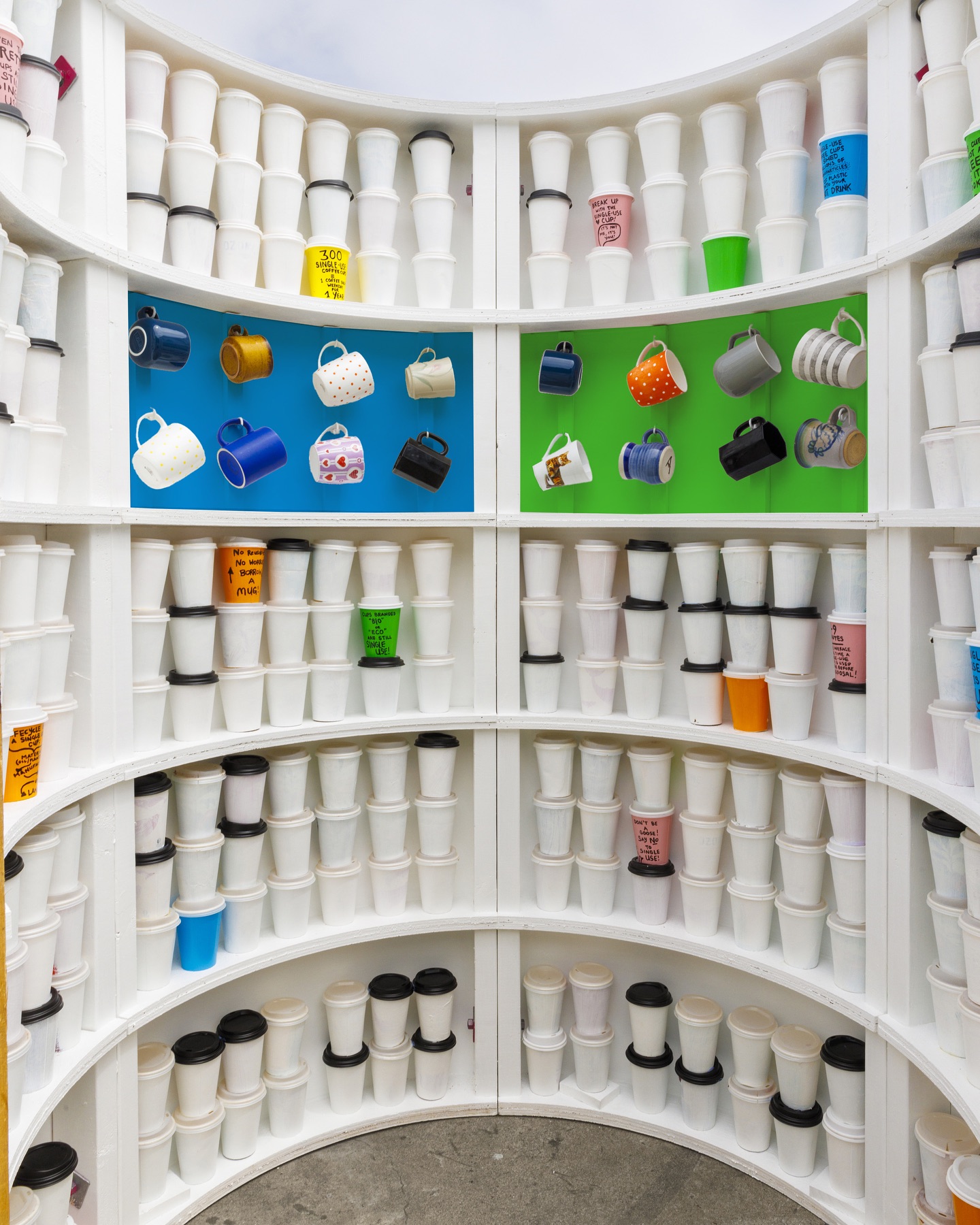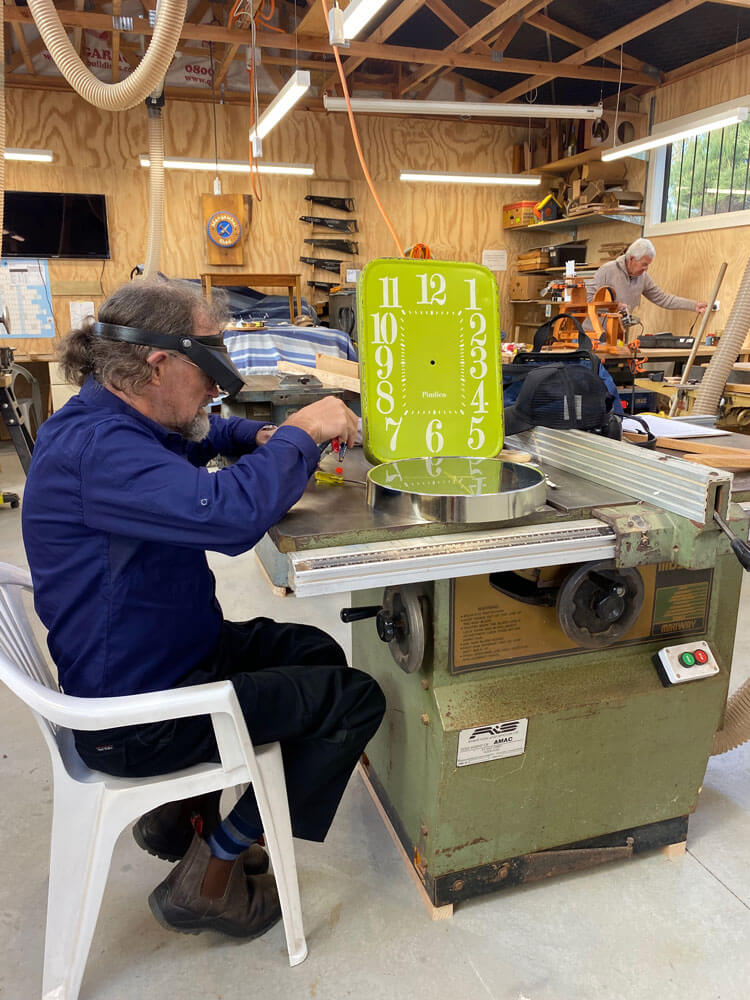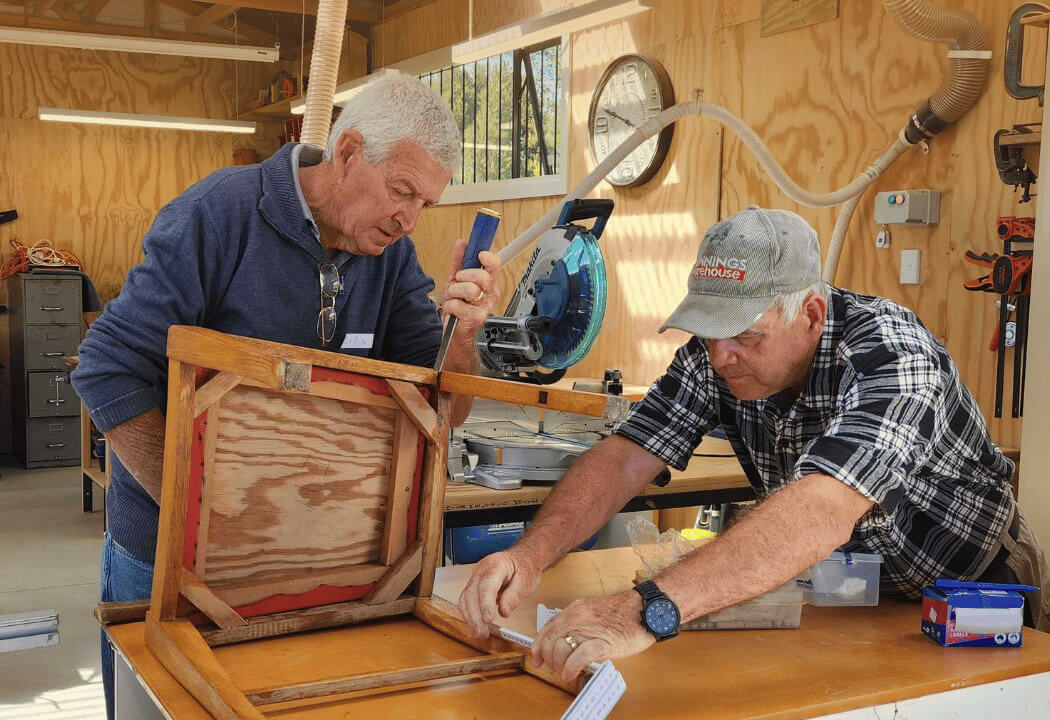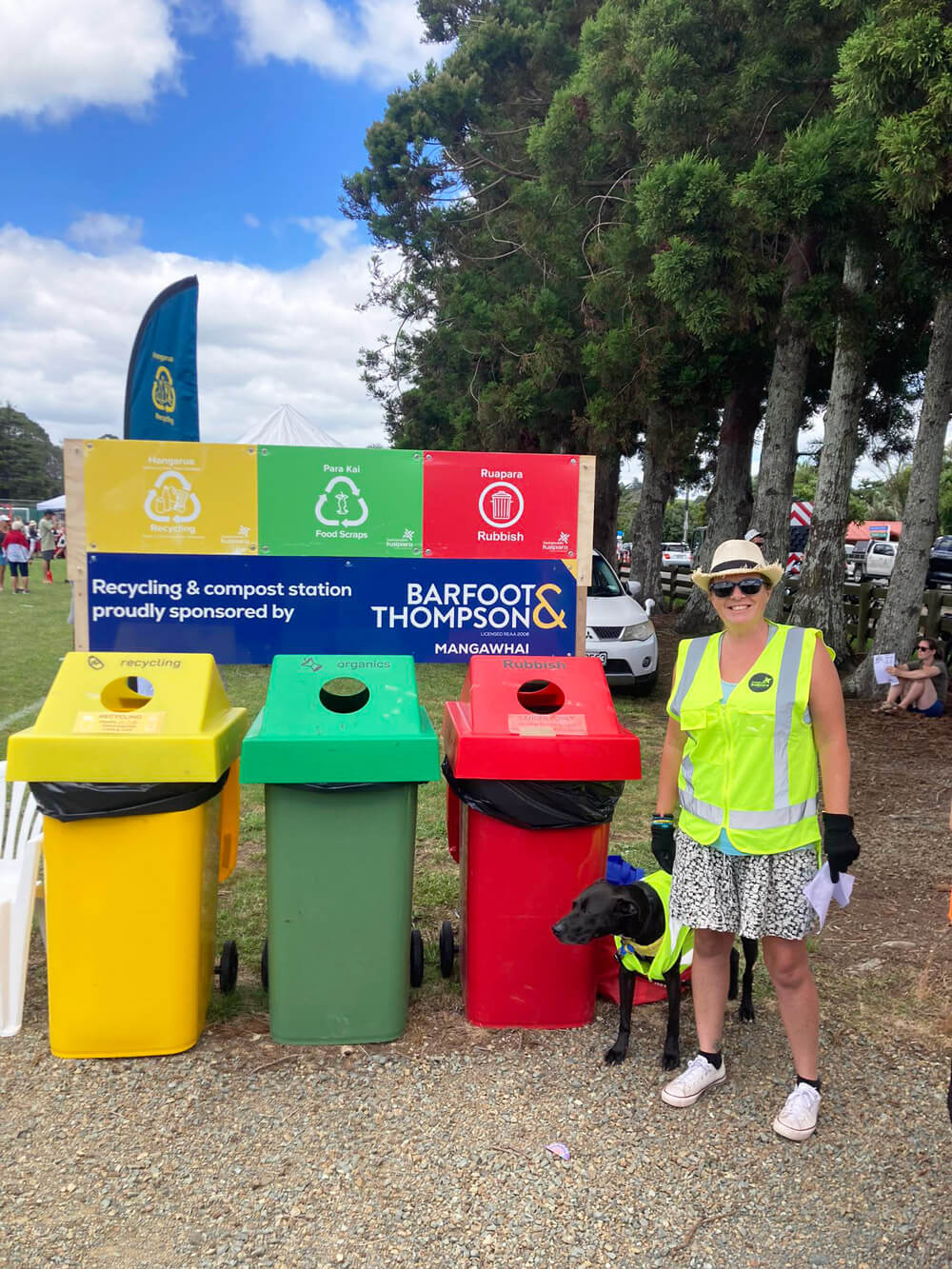Think back to your last stay at a hotel or resort – the high turnover of linen, the plastic waste and energy consumption. The accommodation industry can have a hefty environmental impact. For most, choosing accommodation starts with a wishlist including things like location, amenities and weighting against costs. By adding sustainability to the wishlist we can play a part in cultivating a more sustainable accommodation industry.
Many of us are now aware of the wastefulness in the accommodation industry and we’ve seen an increase in ‘sustainable’ accommodation options. But how do we know if it’s greenwash or actually part of the living, breathing values that underpin the business?
How to spot a sustainable stay
An easy way to give assurance, is to look out for sustainability standards or certifications.
Some common certifications include the Qualmark rating, BCorp, NZ Tourism Sustainability Commitment, LEED, Green Globe and Earthcheck. Remember though, that lots of small businesses can’t afford certifications so take a look at websites to see what practical steps an accommodation provider is taking to lessen their environmental impact.
Northland stays with a small footprint
Locally, I have experienced the efforts made by Aotearoa Surf to limit their impact on the earth with their ‘eco-pods’ and glamping offerings. They’re regenerating the land, minimising waste through food scrap composting on site, recycling and actively educating guests about preventing plastic pollution and taking reusables when shopping in Mangawhai.
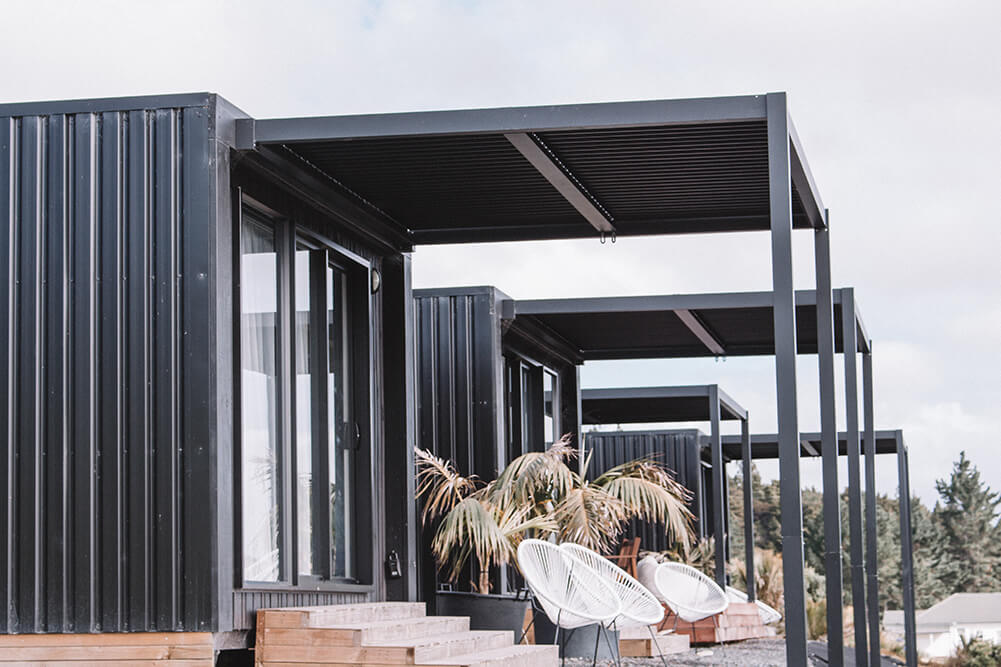
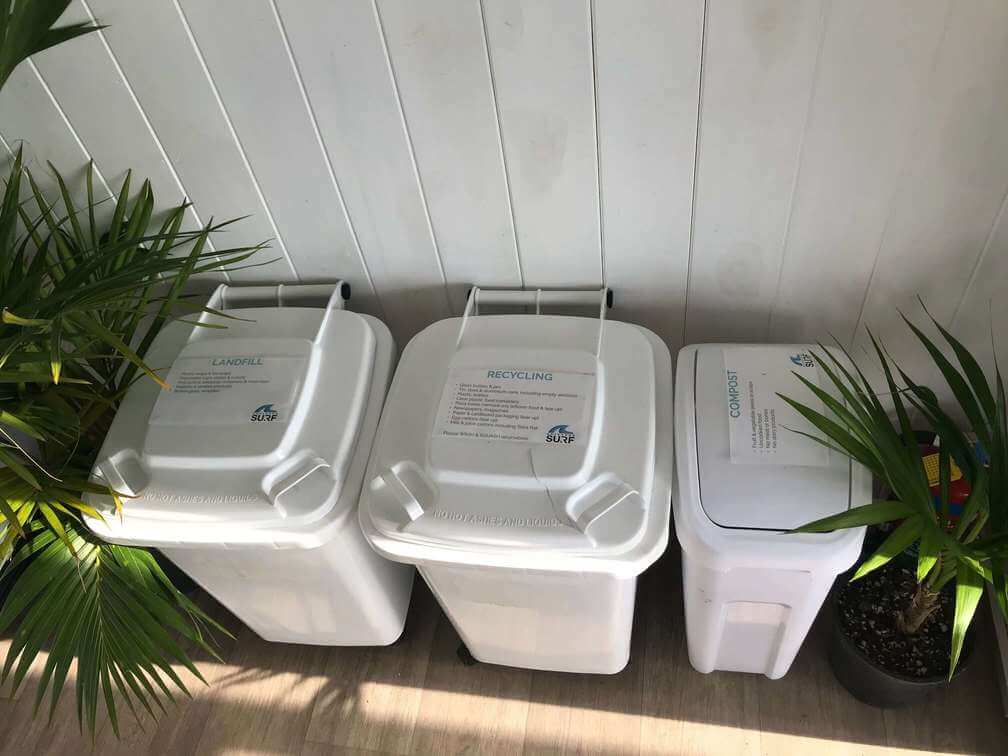
Nestled just off the coast north of Whangarei, Tahi NZ, has a simple ethos of replant, regenerate, restore with three ‘eco-retreats’ set amongst their regenerated farm. Tahi have a focus on forest conservation with reforestation of 16% of the land with over half a million native trees, protecting over 9,157 metres of streams, and the return of 71 bird species and 141 plant species. Tahi is one of only ten organisations worldwide to achieve The Long Run’s Global Ecosphere Retreat standard for going above sustainable and responsible.
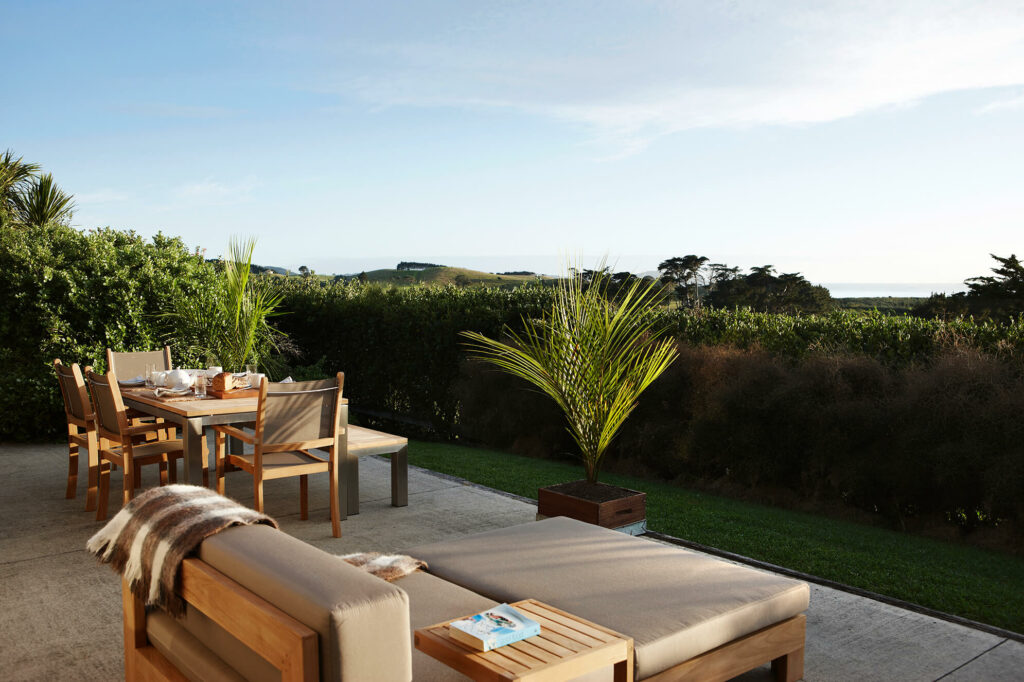
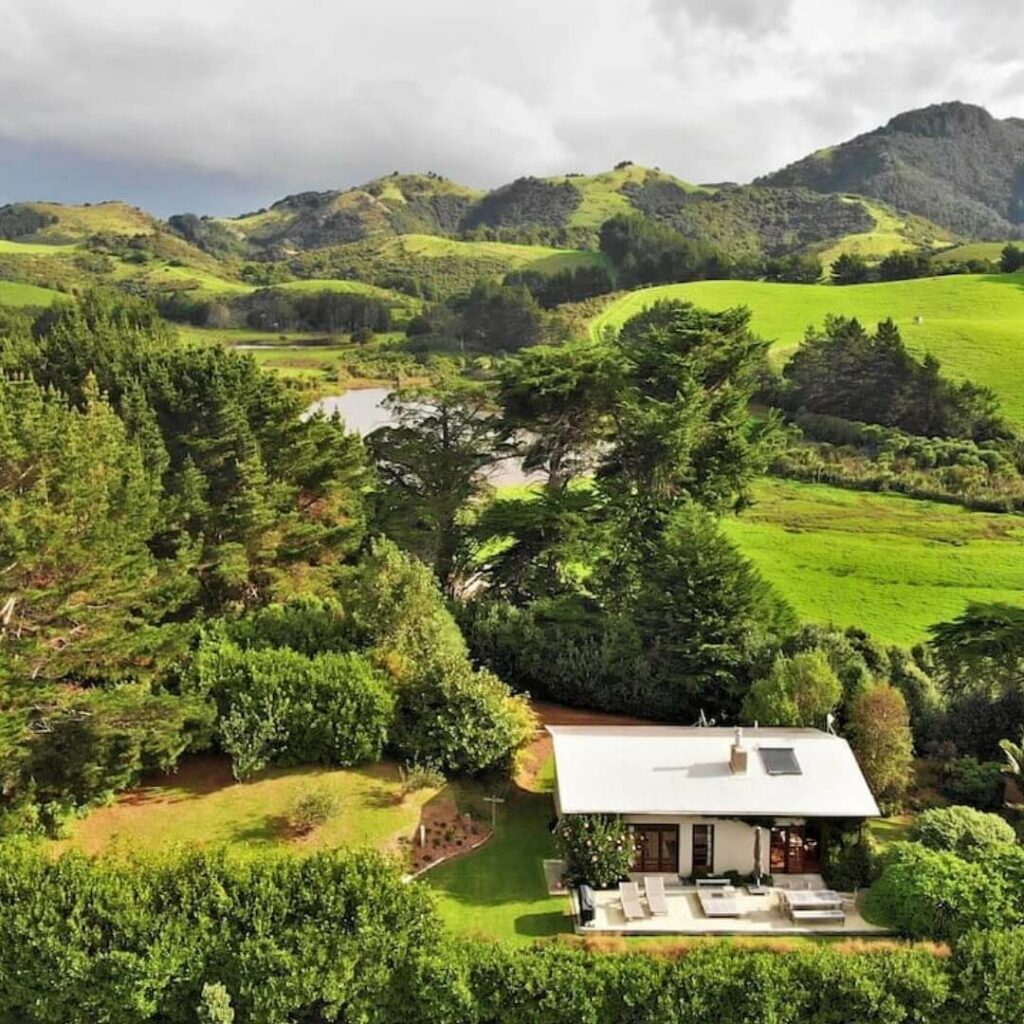
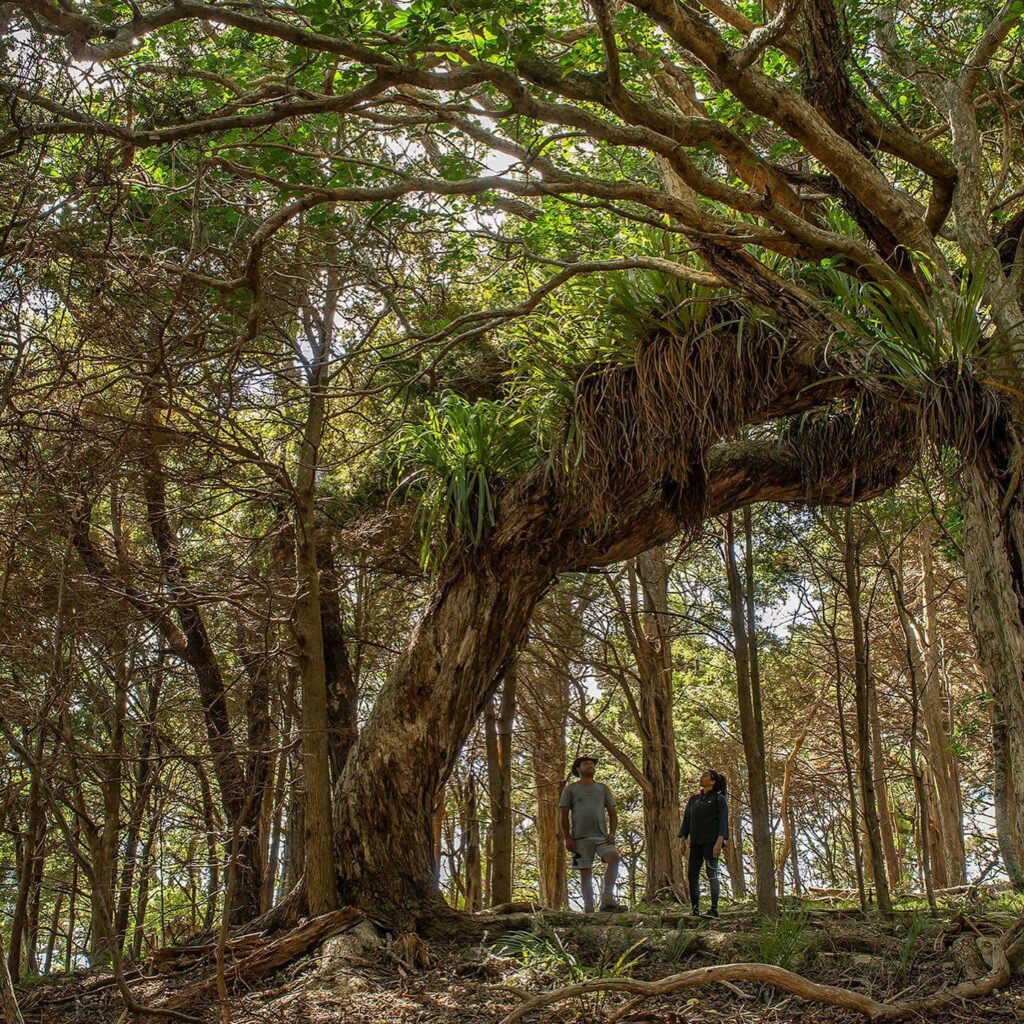
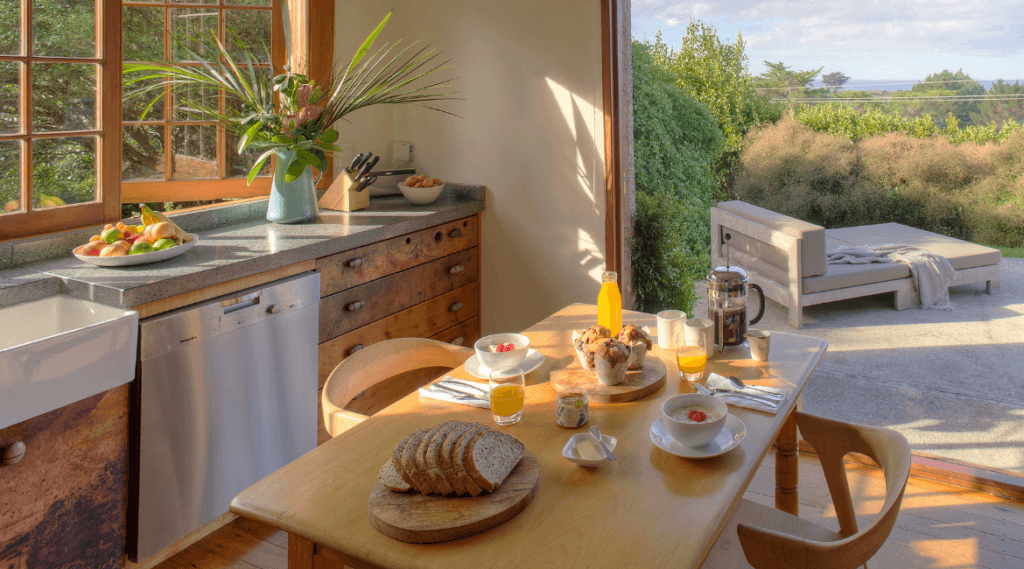
A Pacific gem
Further afield in the Pacific, Vanuatu’s Nakatumble Farm have embedded sustainability to their core. With local food production, handcrafted locally sourced furniture and fittings, and solar power, no stone is left unturned. In fact, even the stepping stone pavers were gradually made with excess concrete as they built. Solid waste from the pigs is collected daily, and fed to the biogas system which is used for cooking and additional power generation. Rainwater is filtered onsite with guests provided either still or sparkling water (which is carbonated onsite) to remove the need for bottled water.
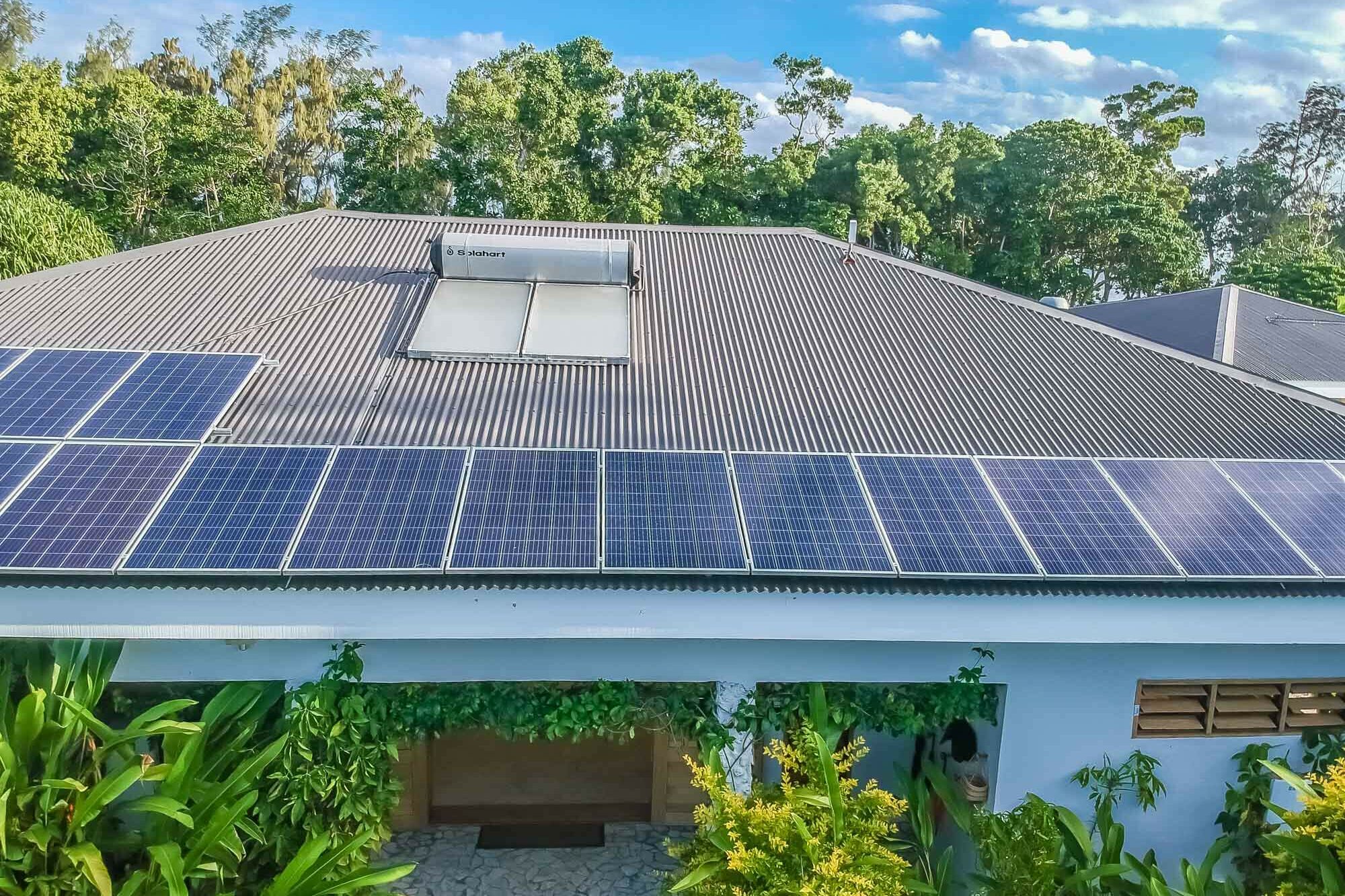
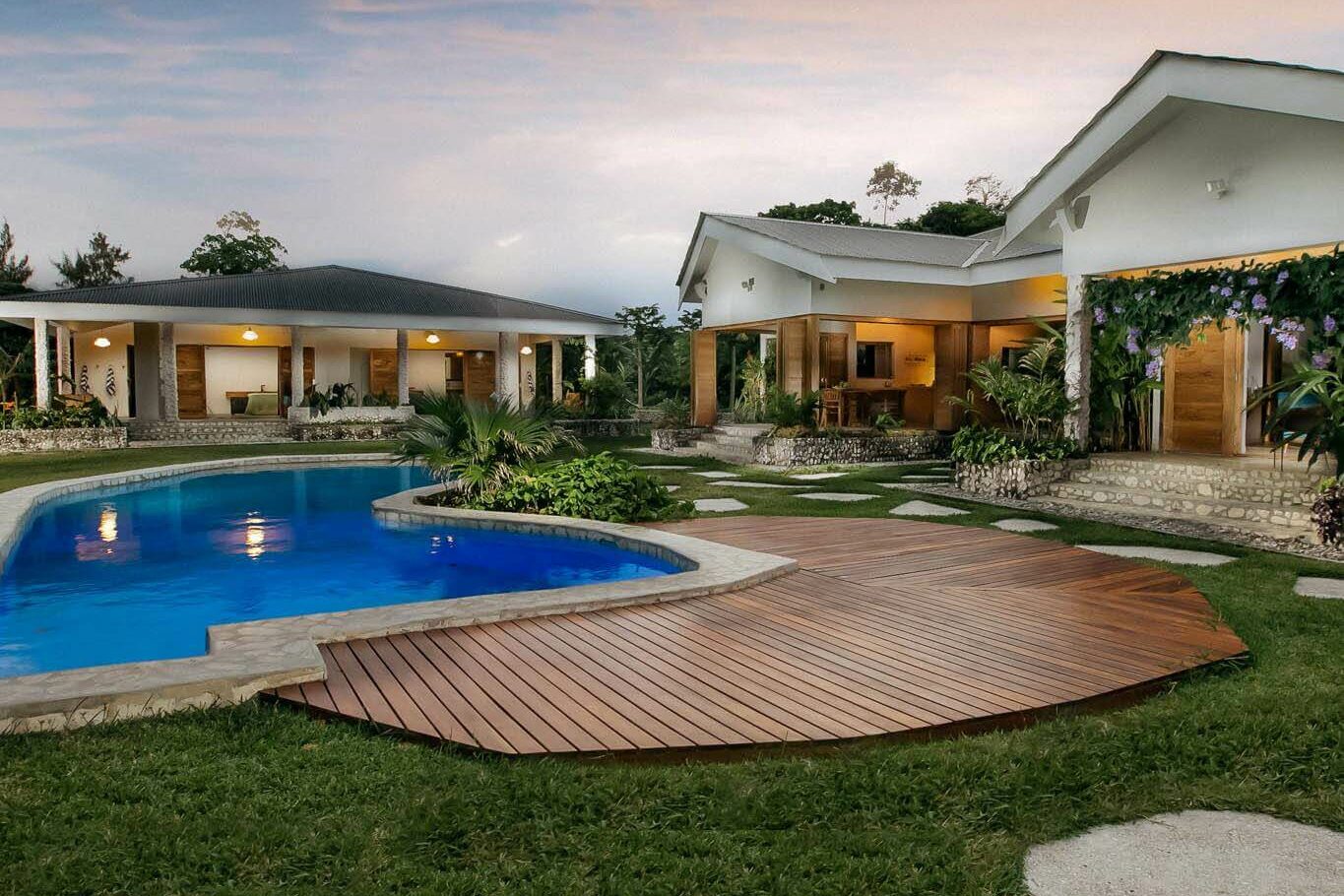
The rest is up to you!
Once you’ve chosen your accommodation don’t stop there! Think about how you pack – ensure you have your reusable water bottle, coffee cup, cutlery kit and toiletries to avoid buying more. Lastly, if you find somewhere doing great things, tell people, share the sustainability elements to help give that business a boost and so they know investing in sustainability has an impact on their customer base.
This post was originally written by Sarah Bray sarah@sustainablekaipara.org for Junction Magazine

